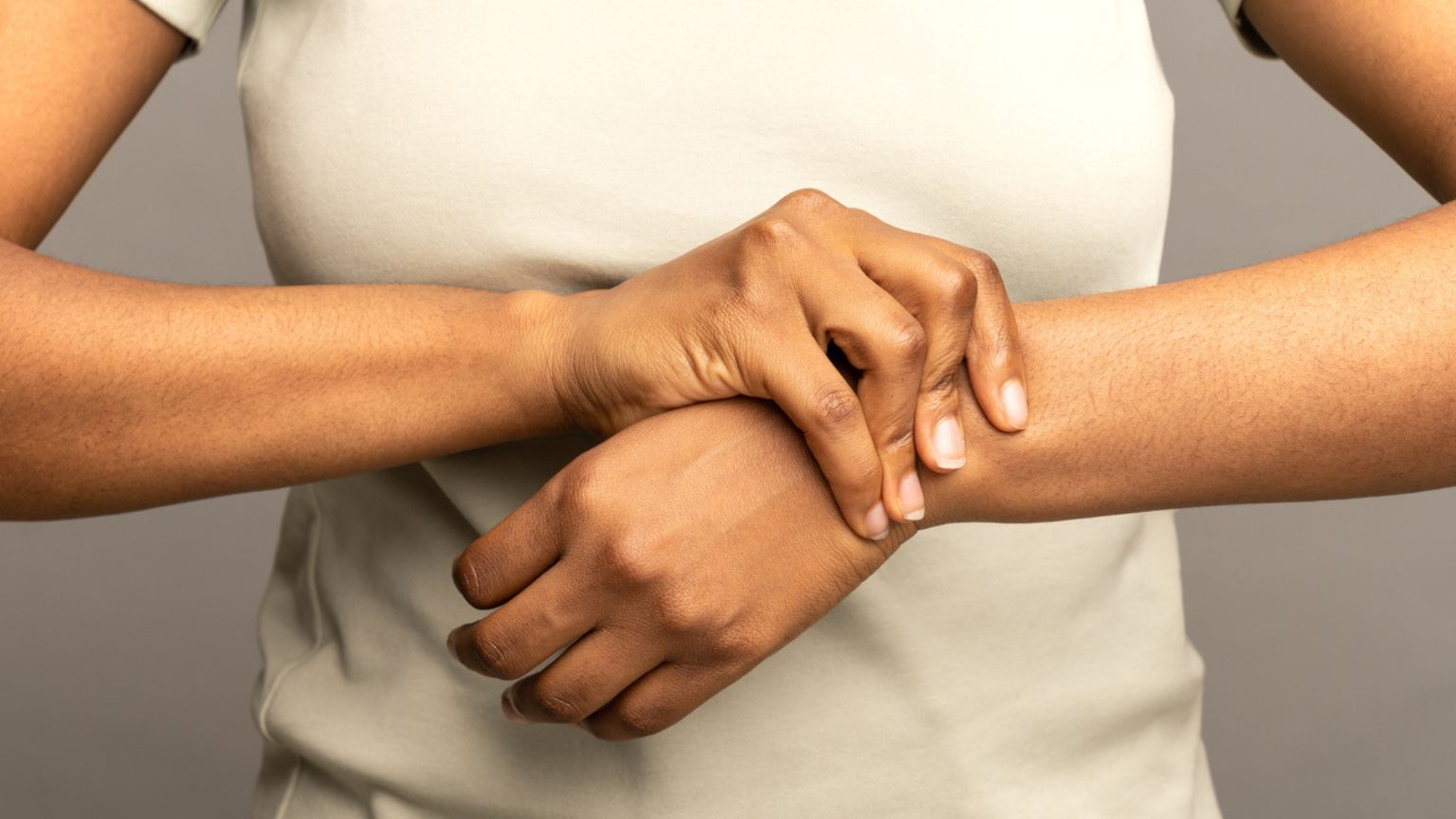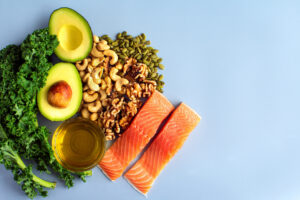Leading expert on pain and pain management Dr Deepak Ravindran reveals 7 pain management methods that will help those suffering from pain caused by osteoarthritis
In 2019, about 528 million people worldwide were living with osteoarthritis, according to the World Health Organization (WHO).
With ageing populations and increasing rates of obesity and injury, the prevalence of osteoarthritis (OA) is expected to continue to increase globally.
Osteoarthritis is an age related joint disease characterised by the reduction and thinning of the joint cartilage and underlying bone changes, leading to pain, stiffness, and reduced mobility.
Pain management is a crucial aspect of OA treatment, as it significantly impacts the quality of life for affected individuals. While many elelments of OA are age related natural changes and are not usually painful, there is no cure for OA.
It is crucial to work closely with healthcare professionals to develop an individualized pain management plan
Managing pain in osteoarthritis requires a lifestyle medicine based comprehensive and multi-faceted approach. By combining medications, interventions, stress management techniques, dietary modifications, sleep hygiene practices, physical activity and exercise, and mind-body therapies, individuals with OA can experience significant pain relief, improved joint function and less stiffness, and enhanced overall well-being.
It is crucial to work closely with healthcare professionals to develop an individualized pain management plan tailored to the specific needs and goals of each patient.
With an integrative approach, individuals with OA can regain control of their lives and achieve a higher quality of life. Here’s how…
Pain management method #1 Medications
Pharmacological interventions play a vital role in managing OA pain. Paracetamol and Nonsteroidal anti-inflammatory drugs (NSAIDs), such as ibuprofen and naproxen, are commonly used to reduce pain and inflammation.
Topical NSAIDs, such as creams and gels, provide localized pain relief with minimal systemic side effects
However, long-term use of NSAIDs may have adverse effects on the stomach and kidneys. Therefore, it is essential to use them judiciously and under medical supervision.
Topical NSAIDs, such as creams and gels, provide localized pain relief with minimal systemic side effects. Acetaminophen (paracetamol) is another commonly used pain medication for OA, particularly in individuals who cannot tolerate NSAIDs.
In severe cases, opioid analgesics may be prescribed cautiously for short-term pain relief. In recent times, evidence has suggested that the nerves maybe getting more sensitised in the spinal cord and brain due to persistent OA and so this means that we can also offer nerve medications such as antidepressants and anti neuropathics as well.
READ MORE: Arthritis? Joint pain? 6 natural solutions that work
Pain management method #2 Interventions
Various interventions can be employed to alleviate pain and improve joint function in OA. Physical therapy, including exercises to strengthen the surrounding muscles and improve range of motion, can help reduce pain and improve mobility.
Transcutaneous electrical nerve stimulation (TENS) and ultrasound therapy are non-invasive techniques that may offer relief by reducing pain signals, providing distraction and promoting tissue healing.
Corticosteroid injections can provide short-term pain relief by reducing inflammation in the affected joint. Hyaluronic acid injections, also known as viscosupplementation, may be considered for individuals with knee OA to improve joint lubrication and reduce pain.
Corticosteroid injections can provide short-term pain relief by reducing inflammation in the affected joint
Such injections used to be given more frequently but long term issues and lack of any long term benefit have reduced their use considerably. In recent times, use of Platelet Rich Plasma (PRP) is becoming popular but the evidence base is only growing now.
Physiotherapy again has been remarkably useful when combined with any of the medications.
Pain management method #3 Diet and Nutrition Options
Maintaining a healthy diet is essential for managing OA pain. A diet rich in anti-inflammatory foods, including fruits, vegetables, whole grains, lean proteins, and healthy fats (such as those found in nuts, seeds, and fatty fish), can help reduce inflammation and pain.
Omega-3 fatty acids, found in fish oil supplements or fatty fish like salmon, have shown promise in relieving joint pain and stiffness. Additionally, avoiding processed foods, sugary snacks, and excessive alcohol consumption can help minimize inflammation and manage weight, which is crucial for reducing stress on the joints.
Omega-3 fatty acids, found in fish oil supplements or fatty fish like salmon, have shown promise in relieving joint pain and stiffness
Recent studies have shown that that obesity is an proinflammatory state. Obese patients have fat cells that release a chemical called adipokine that can provoke the immune system to mount an inflammatory response.
A popular saying suggests that you cannot outrun a bad diet. So nutritional therapy and the use of anti inflammatory diet can help in reducing pain.
READ MORE: 5 natural substances for pain relief
Pain management method #4 Sleep Hygiene
Poor sleep quality can exacerbate pain perception and hinder the body’s natural healing processes. Practicing good sleep hygiene, including maintaining a regular sleep schedule, creating a comfortable sleep environment, avoiding stimulating activities before bed, and minimizing caffeine intake, can promote better sleep.
If necessary, using pillows or orthotic devices to support the affected joints can help reduce discomfort during sleep. An average recommendation is about seven to nine hours every night.
Pain management method #5 Stress Management
Chronic pain from osteoarthritis can significantly contribute to stress and emotional distress. It is important to address stress as part of pain management, as stress can intensify the perception of pain and reduce overall well-being.
Implementing stress management techniques can help individuals cope with pain more effectively and improve their quality of life.
One effective stress management technique is relaxation exercises. Deep breathing exercises, such as diaphragmatic breathing, can help promote relaxation and reduce muscle tension.
Progressive Muscular relaxation combines the elements with breathing with mindfulness
Taking slow, deep breaths and focusing on the sensation of the breath can help calm the mind and alleviate stress. Progressive Muscular relaxation combines the elements with breathing with mindfulness and creates an easy to do routine that she can do by herself.
Meditation and mindfulness practices are also beneficial for managing stress. Meditation involves focusing the mind on a specific object, word, or breath, while mindfulness encourages non-judgmental awareness of the present moment.
Both practices can help individuals cultivate a sense of calm and improve their ability to cope with pain and stress.
Engaging in activities that promote relaxation and enjoyment can also be effective stress management tools. Listening to calming music, engaging in creative hobbies, spending time in nature, or practicing gentle yoga can all help reduce stress levels and enhance overall well-being.
READ MORE: 3 ways yoga will change your body
Pain management method #6 Exercise Options
Exercise plays a vital role in managing pain and maintaining joint function for individuals with osteoarthritis. While it may seem counterintuitive, regular physical activity can actually help reduce pain and improve mobility.
Recent studies also show that the act of physical activity can help build new nerve cells and this is called synaptogenesis. It means that it can set the scene for learning a new way of doing things and getting better with practice.
Low-impact exercises are particularly beneficial for individuals with osteoarthritis as they minimize stress on the joints. Swimming, water aerobics, and cycling are excellent options as they provide cardiovascular benefits without placing excessive strain on the joints.
Low-impact exercises are particularly beneficial for individuals with osteoarthritis as they minimize stress on the joints
These activities also promote muscle strength and flexibility, helping to support and stabilize the affected joints.
Walking is another simple and accessible exercise option. It is low-impact and can be tailored to individual fitness levels and joint tolerance. Starting with short, manageable walks and gradually increasing the duration and intensity can help build endurance and reduce pain.
It is important to consult with a healthcare professional or a physical therapist before starting an exercise program. They can provide guidance on suitable exercises, proper form, and modifications based on individual capabilities and specific joint conditions.
READ MORE: 5 smart (and realistic) ways to lose weight in time for your summer holiday
Pain management method #7 Mind-Body Therapies & Techniques
Mind-body therapies offer holistic approaches to pain management for osteoarthritis. These techniques integrate the connection between the mind and body, aiming to reduce pain, enhance well-being, and improve overall quality of life.
Cognitive-behavioral therapy (CBT) is a widely recognized approach that focuses on identifying and modifying negative thought patterns and behaviors associated with pain. CBT can help individuals reframe their perceptions of pain, develop effective coping strategies, and improve their overall mental health.
While CBT works by challenging beliefs, Acceptance and Commitment therapy (ACT) wors by getting patients to encourage acceptance of their situation and find way to enhance life. Both methods are getting popular and there are newer techniques like Pain reprocessing therapy that are on the horizon.
These techniques integrate the connection between the mind and body, aiming to reduce pain
Yoga is a mind-body practice that combines physical postures, breathing exercises, and meditation. It has shown promising results in reducing pain and improving joint flexibility for individuals with osteoarthritis.
Practicing gentle, modified poses under the guidance of a qualified instructor can help individuals safely reap the benefits of yoga. Many poses are made available.
Tai chi and qigong are ancient Chinese martial arts that emphasize slow, controlled movements, deep breathing, and mindfulness. These practices promote balance, coordination, and relaxation while reducing pain and enhancing overall well-being. Tai chi and qigong can be adapted to accommodate different fitness levels and physical abilities.
Like this article? Sign up to our newsletter to get more articles like this delivered straight to your inbox.

























































